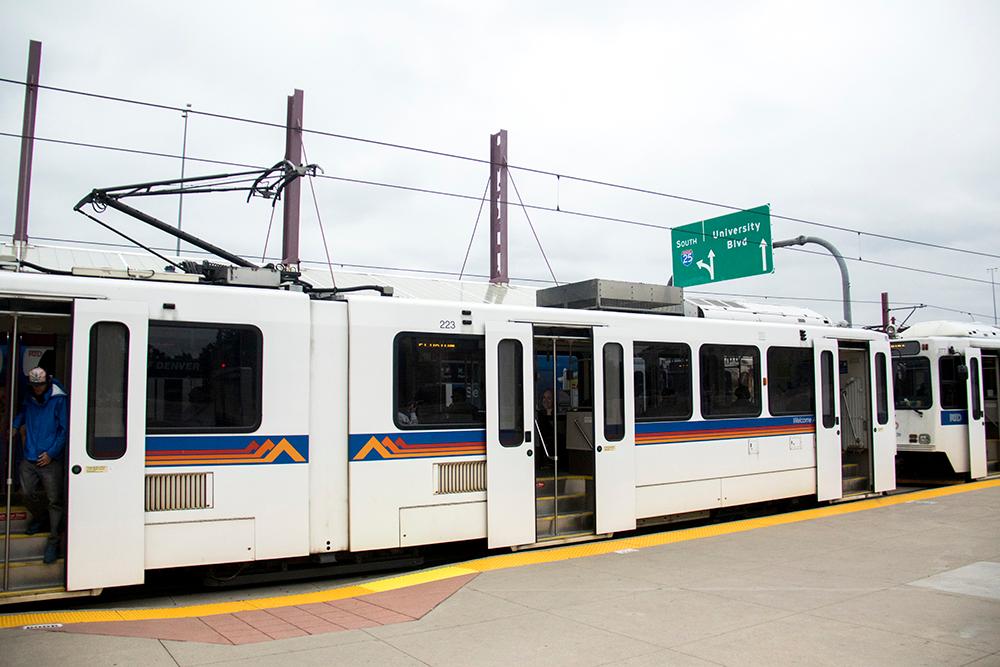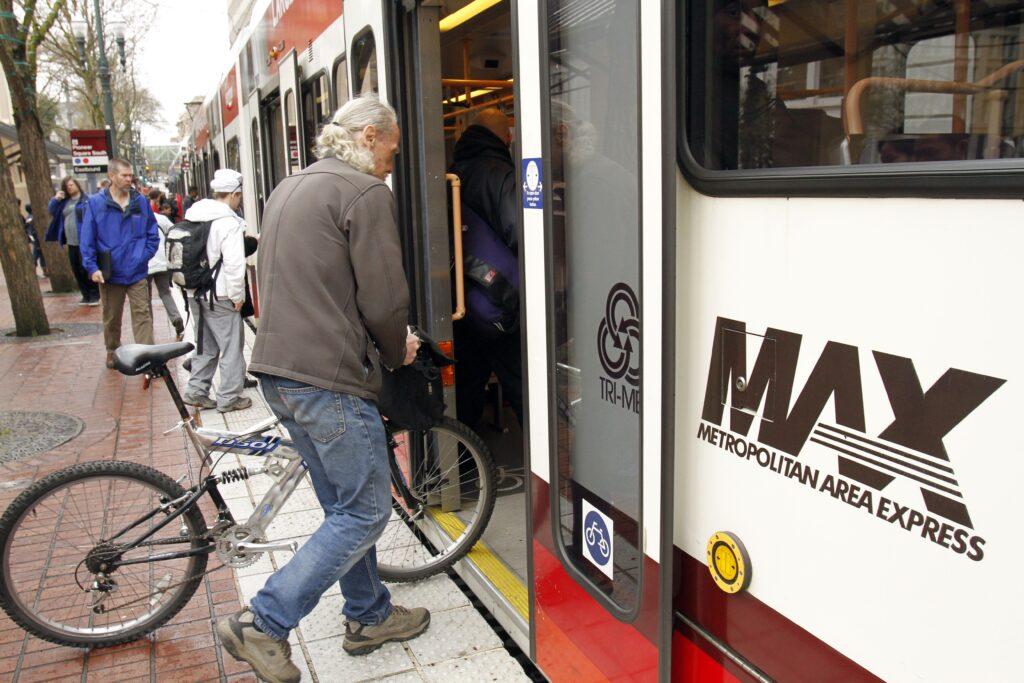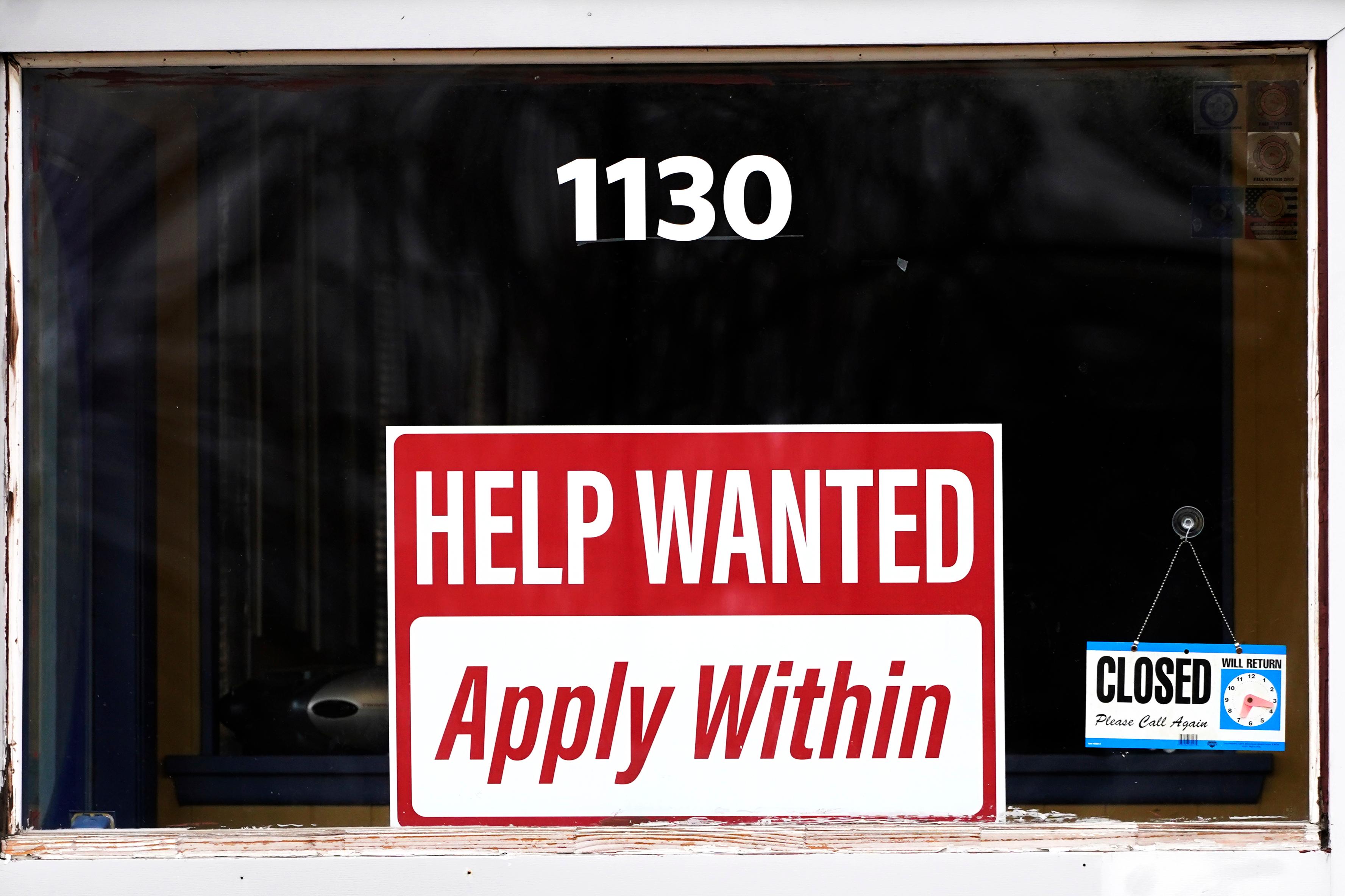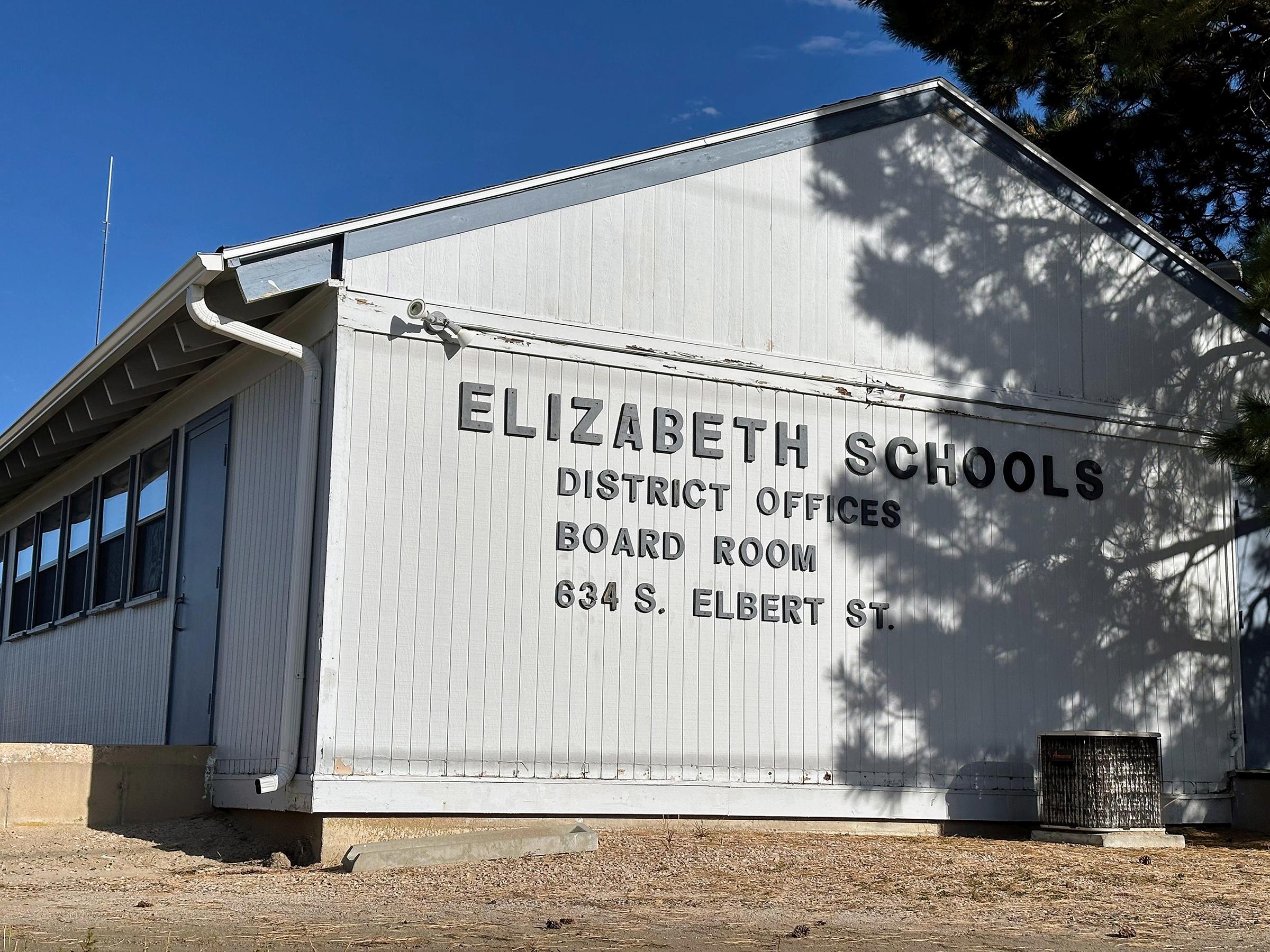
Many passengers on the Regional Transportation District’s light-rail cars may not even notice the three steps they take to climb on board.
But for people with wheelchairs, bicycles or strollers, those three steps can be a pain in the neck at best and a safety hazard at worst. Ramps are available at every station for passengers with accessibility needs, but RTD officials say they aren’t supposed to be used by anyone else — leaving other passengers to lug their wheels up the stairs.
RTD is now in the early stages of determining whether it can shift from old-style “high-floor” vehicles that were the industry norm when the agency opened its first rail line in 1994 to more modern “low-floor” vehicles that would be easier for many people to board.
"Level boarding helps to provide improved access by allowing cyclists, older adults, people with disabilities, parents with young children, and all other passengers to walk directly onto a rail vehicle rather than ascend steep stairs. A transit system that is easier to use will see higher ridership,” RTD staff wrote in an application for a grant to fund a feasibility study recently filed with the Denver Regional Council of Governments.
Low-floor vehicles would make using light rail much easier for people with bicycles, RTD staff noted. And while RTD’s application doesn’t explicitly mention e-bikes, which have taken Denver by storm in recent months but remain formally banned on RTD, it does call out bikes weighing more than 50 pounds — typical for an e-bike.

“Modernizing the RTD light-rail fleet to low-floor vehicles would allow cyclists to roll their bikes directly onto the rail vehicle and likely would be able to accommodate bike racks in the vehicle,” RTD staff wrote.
RTD had to special order the old-style vehicles with stairs for its last light rail expansion in 2019, the application said. Parts are becoming hard to find. Transitioning to newer vehicles will make that easier and help ensure “a more resilient transit system in future decades.”
Any changes, though, will likely take years and lots of money. RTD said it is prepared to start its feasibility study, which it estimates will cost $1.5 million, in 2025. It doesn’t yet have any cost estimates for a full fleet conversion, a spokesperson said.
But light-rail vehicles are pricey. RTD spent about $3 million per vehicle in a 2015 order. A transit agency in Seattle paid $4.2 million per vehicle in 2019. Those prices suggest replacing RTD’s entire light-rail fleet of more than 200 vehicles — which RTD says would be necessary, in phases — could eventually run well over half a billion dollars. RTD would also likely have to plan and pay for station modifications.
One possible boost could be the federal government. The Federal Transit Administration wants RTD to move to level boarding trains, RTD said in its application. And it announced this month $600 million in federal money for transit agencies across the country to replace aging rail cars.








